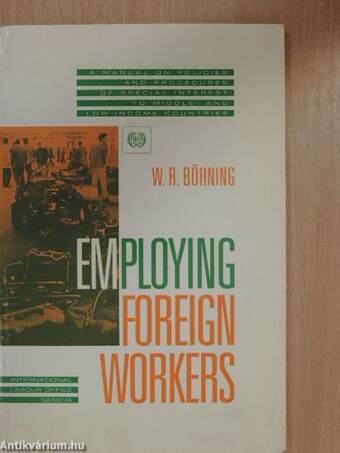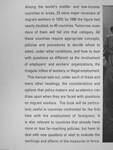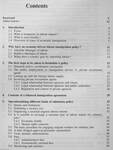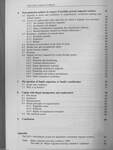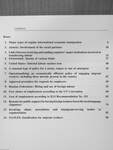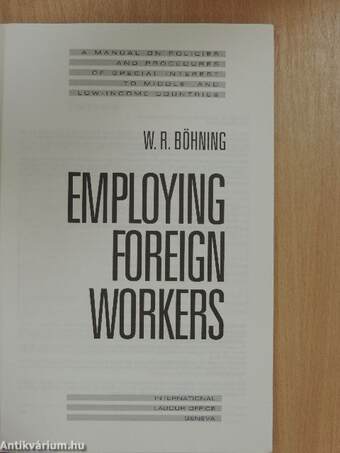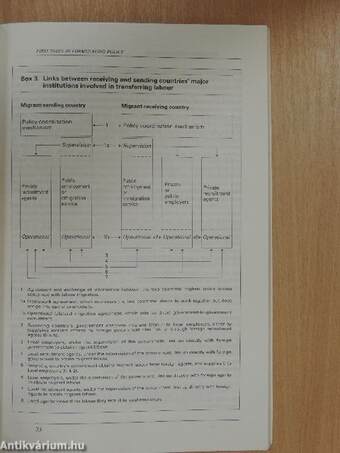1.116.679
kiadvánnyal nyújtjuk Magyarország legnagyobb antikvár könyv-kínálatát
Employing Foreign Workers
A Manual on Policies and Procedures of Special Interest to Middle- and Low-Income Countries
| Kiadó: | International Labour Office |
|---|---|
| Kiadás helye: | Genf |
| Kiadás éve: | |
| Kötés típusa: | Ragasztott papírkötés |
| Oldalszám: | 97 oldal |
| Sorozatcím: | |
| Kötetszám: | |
| Nyelv: | Angol |
| Méret: | 24 cm x 16 cm |
| ISBN: | 92-2-109453-7 |
naponta értesítjük a beérkező friss
kiadványokról
naponta értesítjük a beérkező friss
kiadványokról
Fülszöveg
Among the world's middle- and low-income
countries or areas, 23 were major receivers of
migrant workers in 1970; by 1990 the figure had
nearly doubled, to 40 countries. Tomorrow, even
more of them will fall into that category. All
these countries require appropriate concepts,
policies and procedures to decide whom to
admit, under what conditions, and how to deal
with questions as different as the involvement
of employers' and workers' organizations, the
irregular inflow of workers, or illegal employment
This manual sets out, under each of these and
many other headings, the considerations and
options that policy-makers and academics can
draw upon when they are faced with questions
on migrant workers. The book will be particu-
larly useful in countries confronted for the first
time with the employment of foreigners. It
is also relevant to countries that already have
more or less far-reaching policies, but have to
deal with new questions or wish to evaluate the... Tovább
Fülszöveg
Among the world's middle- and low-income
countries or areas, 23 were major receivers of
migrant workers in 1970; by 1990 the figure had
nearly doubled, to 40 countries. Tomorrow, even
more of them will fall into that category. All
these countries require appropriate concepts,
policies and procedures to decide whom to
admit, under what conditions, and how to deal
with questions as different as the involvement
of employers' and workers' organizations, the
irregular inflow of workers, or illegal employment
This manual sets out, under each of these and
many other headings, the considerations and
options that policy-makers and academics can
draw upon when they are faced with questions
on migrant workers. The book will be particu-
larly useful in countries confronted for the first
time with the employment of foreigners. It
is also relevant to countries that already have
more or less far-reaching policies, but have to
deal with new questions or wish to evaluate the
workings and effects of the measures in force. Vissza
Témakörök
- Szociológia > Társadalmi csoportok > Kisebbségek > Bevándorlók
- Közgazdaságtan > Gazdaságpolitika
- Idegennyelv > Idegennyelvű könyvek > Angol > Szociológia > Társadalmi csoportok > Kisebbségek > Bevándorlók
- Idegennyelv > Idegennyelvű könyvek > Angol > Közgazdaságtan > Gazdaságpolitika
- Szociológia > Szociálpolitika > Egyéb
- Szociológia > Tanulmányok, esszék
- Idegennyelv > Idegennyelvű könyvek > Angol > Szociológia > Tanulmányok, esszék
- Idegennyelv > Idegennyelvű könyvek > Angol > Szociológia > Szociálpolitika > Egyéb


